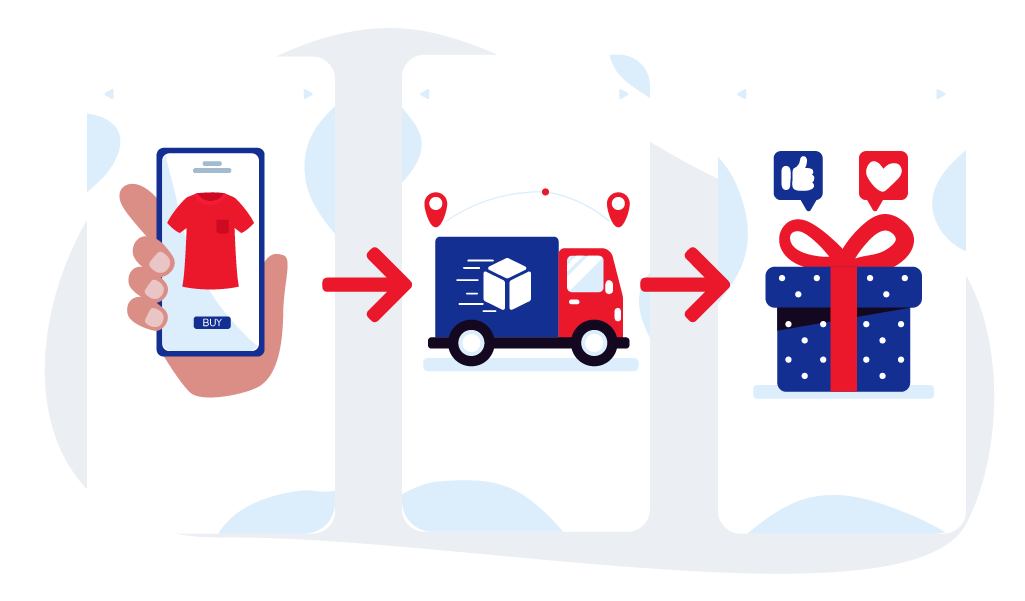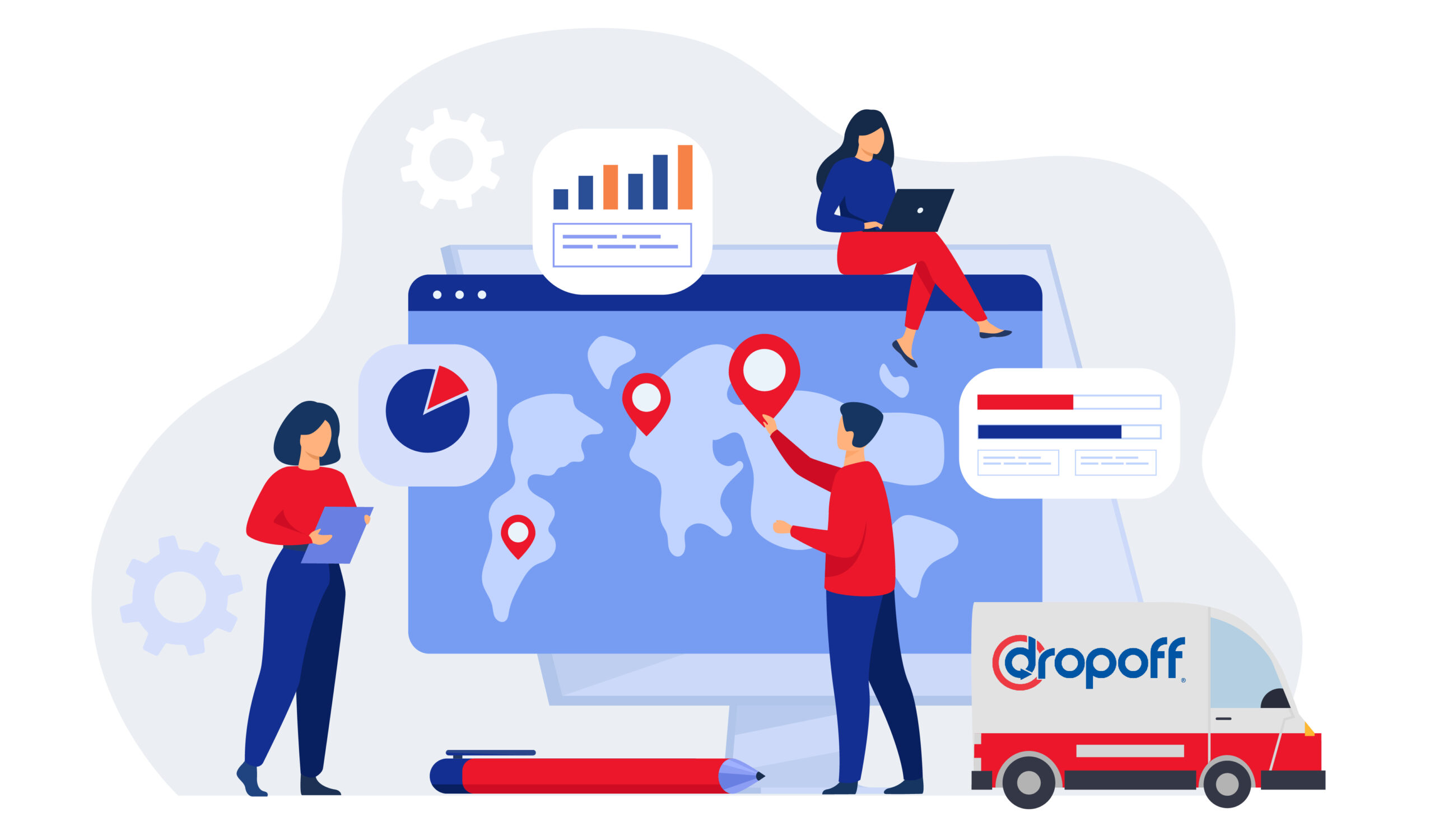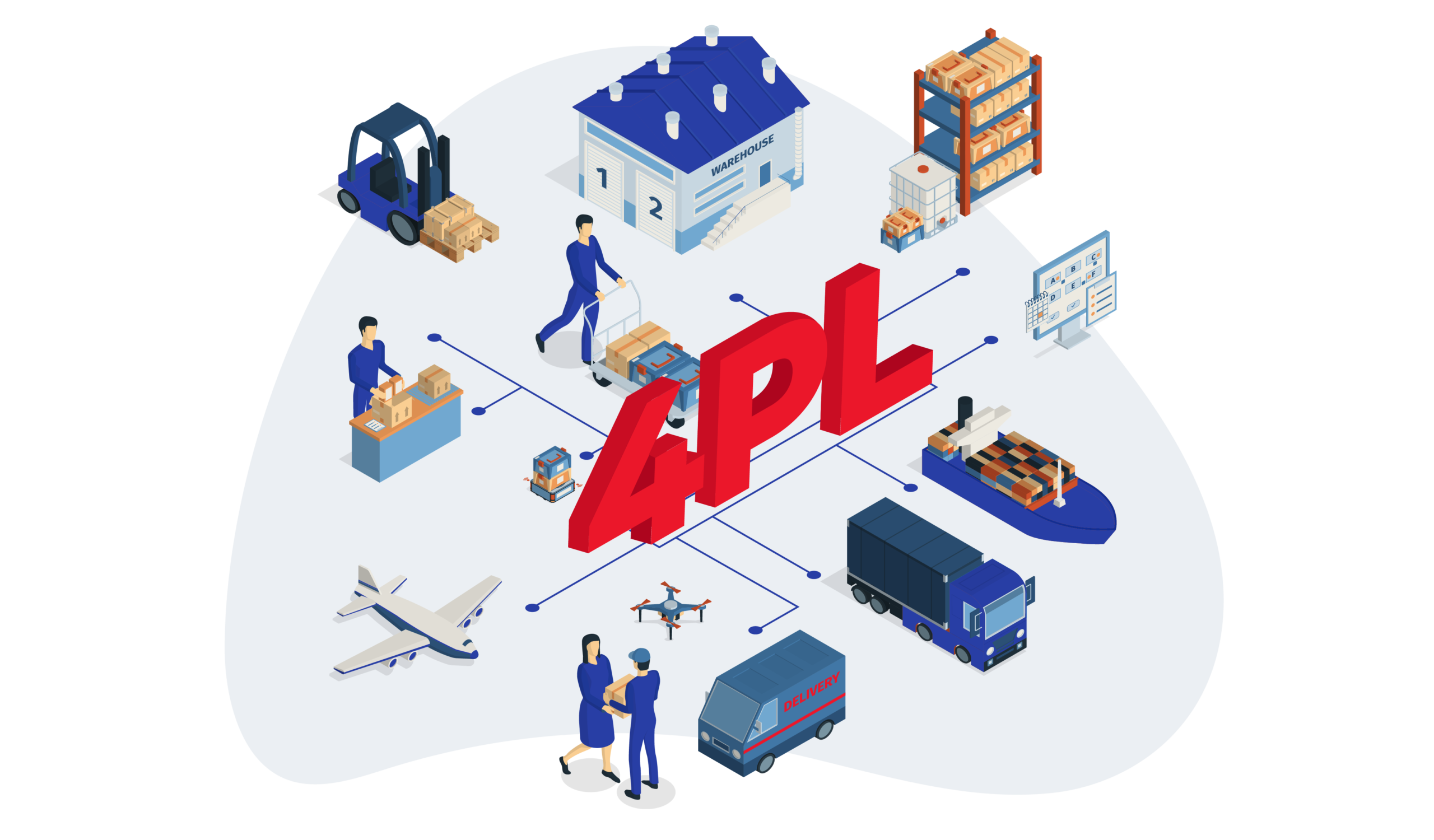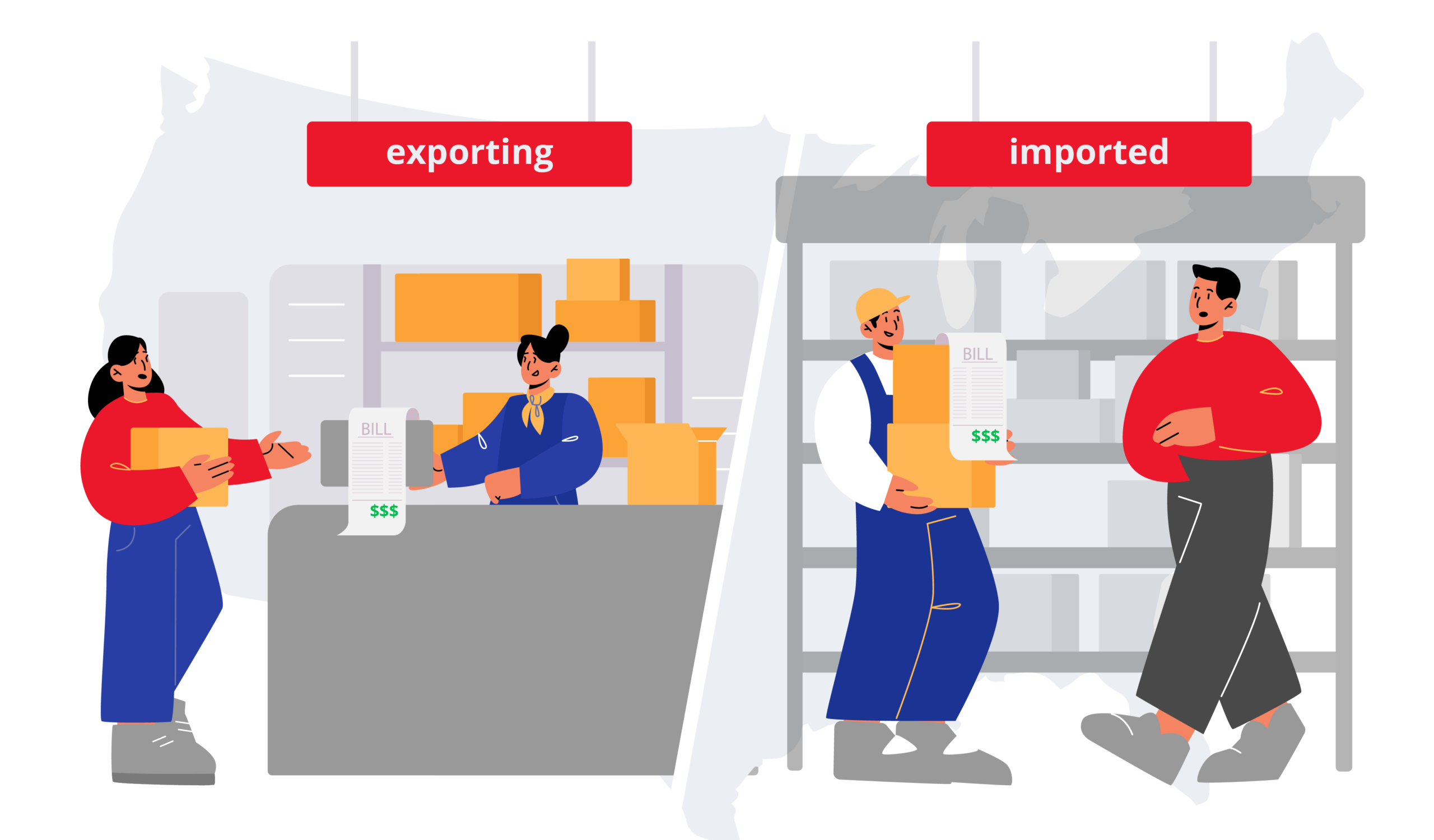10 Most Common Problems in the Logistics Industry, and How to Overcome Them
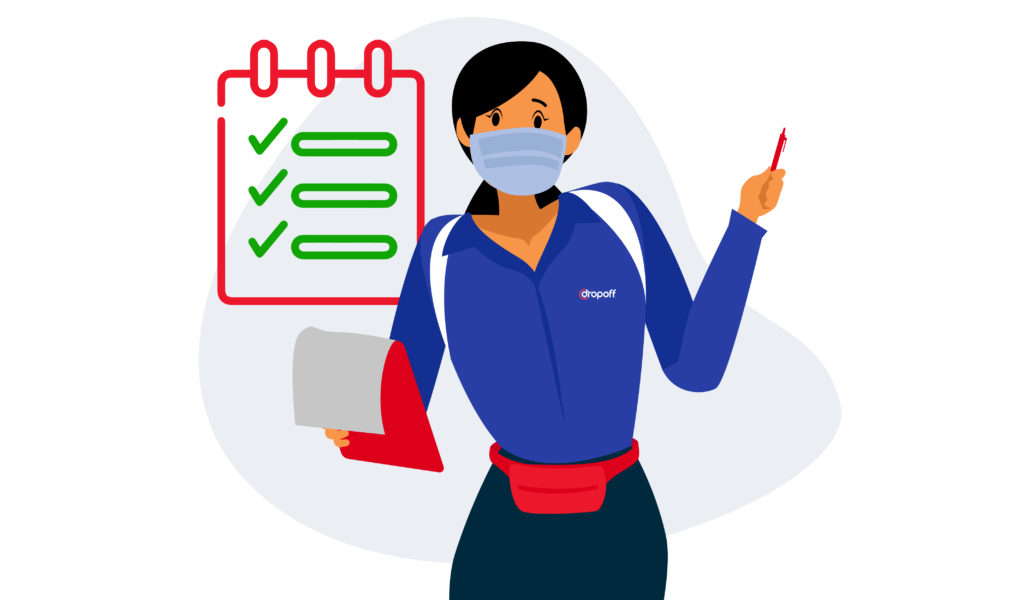
Logistics is one of the most important aspects of any business. Logistical issues can cause major delays and problems for a company. In this blog post, we will be discussing the 10 most common problems in the logistics industry, and how to overcome them. We hope that this information will help you run your business more efficiently and effectively!
To avoid these problems entirely you may even consider hiring a third-party logistics service to manage your deliveries for you. For that, check out our guide on how to choose the right 3PL partner.
Here are the top ten most common logistical problems, and how to overcome them:
1. Rising fuel costs
One of the biggest challenges facing logistics companies is the ever-increasing cost of fuel. This can make it difficult to maintain profitability, and can even lead to some companies going out of business.
There are a few things you can do to help mitigate the impact of rising fuel costs:
- Use a routing optimization tool to find the most fuel-efficient route for your deliveries. Shorter routes and well-informed drivers can make a big difference in your overall fuel costs.
- Avoid idling, idle vehicles are burning fuel, and this can cost you up to a half-gallon of fuel per hour. It may seem small, but at a large scale, it can add up quickly.
- Use a fleet of fuel-efficient vehicles. Hybrid and electric vehicles are becoming more common every year, and for good reason. You can drastically reduce the amount you spend on fuel by switching your delivery vehicles to an electric alternative.
- Regularly maintain your fleet. Keeping your vehicles properly maintained, especially the engines, can lead to an average gas mileage increase of 4%. (FuelEconomy.gov) Again, it may seem small, but if maintained regularly it can and will save you a lot in the long term.
To remove the stress of fuel costs outsourcing your fleet may be the best option, but when should you outsource your fleet?
2. Lack of planning and forecasting
A lack of planning and forecasting can lead to an organizational nightmare. Without taking the appropriate steps and leveraging modern technology, companies are unable to predict demand or anticipate potential roadblocks. This can lead to disruptions in the supply chain and increased costs.
Implement effective planning and forecasting tools, and make sure that everyone in your company is using them. Utilize any data you have to your advantage, and always be prepared for the worst.
By planning ahead, and preparing your team for the potential challenges of the future, you’ll always be operating from a well-informed position. And will have the upper hand against your competition.
3. Inefficient employee management

In the logistics industry, you are constantly managing different teams in order to get the job done. This can be difficult, as you need to make sure that everyone is on the same page and working together efficiently.
There are a few things that you can do in order to overcome this challenge:
- Make sure that you have a well-defined process that everyone can follow. This will help to ensure that everyone is on the same page, and knows what their responsibilities are.
- Delegate tasks effectively. Not everyone is good at every task, so it’s important to delegate to the right individuals to keep things moving efficiently.
- Train your employees properly. This will help them to understand their responsibilities, and how to best work with the rest of the team.
- Communicate effectively. This is perhaps the most important thing that you can do in order to manage a team efficiently. Make sure that everyone is aware of what’s going on, and be clear about what your expectations are.
If you can effectively manage your employees, it will go a long way in overcoming logistical challenges.
How does Dropoff ensure efficient courier management?
4. Rising fleet maintenance costs
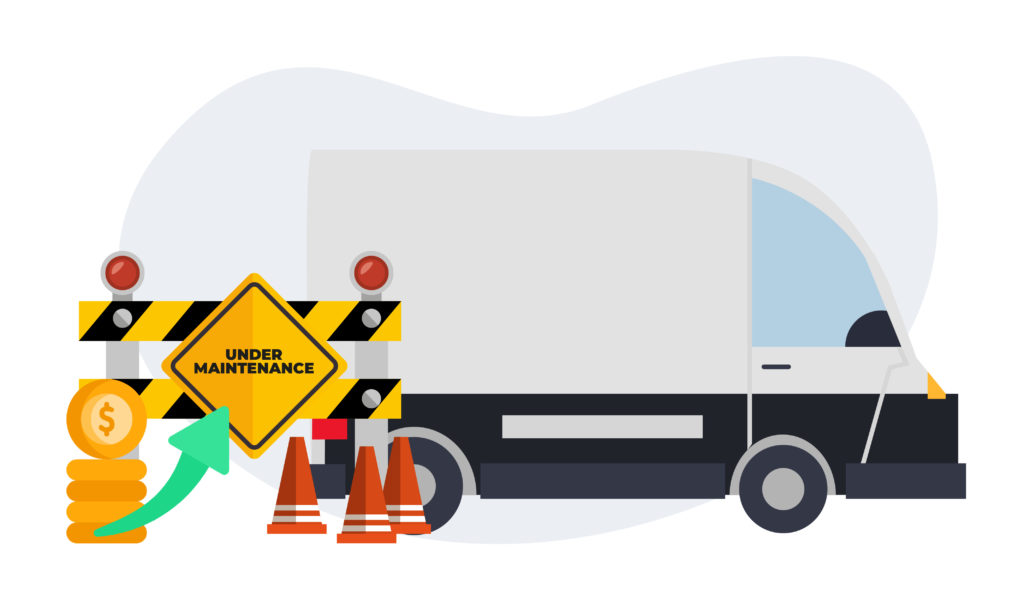
The cost of maintaining a fleet is on the rise, and this is putting pressure on logistics companies’ budgets. The average cost of maintenance per mile has increased by more than 20% in the last decade. This more than anything has contributed to the massive growth in outsourcing nationwide.
Here are a few ways to combat growing fleet maintenance costs:
- Invest in preventive maintenance: This will help catch small problems before they turn into big ones.
- Use telematics: Telematics can help you track your fleet’s performance and identify issues before they become a problem.
- Optimize your driving routes: This will help reduce wear and tear on your vehicles.
- Switch to synthetic oil: Synthetic oil lasts longer than a traditional oil, which means you’ll need to change it less often.
- Replace older vehicles: Older vehicles are more expensive to maintain and operate.
If you can effectively manage your fleet maintenance costs, you’ll be in a much better position to succeed in the logistics industry.
5. Poor communication between the customer and courier
Another common problem in the logistics industry is a lack of communication between the customer and courier. This can result in delays, miscommunications, and lost or damaged items.
To overcome this problem, it is important to have a clear and concise communication system in place. This could include a tracking system for shipments, regular updates from the courier, and clear delivery instructions from the customer.
Another way to overcome this problem is by building a relationship of trust with the customer. The courier should be able to communicate effectively and efficiently and be available when the customer needs them.
By establishing trust and communication, both parties can work together to resolve any issues that may arise.
6. Damaged goods during transit
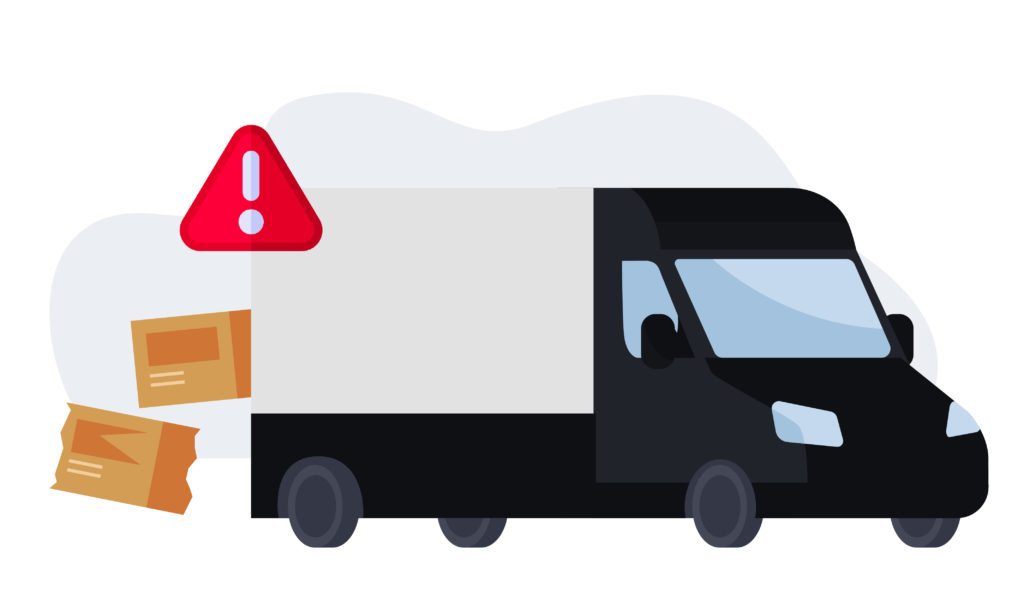
Logistical problems most commonly arise when goods are being transported.
Transporting goods always comes with the risk of them getting damaged during transit, which can cause all sorts of headaches for companies on both sides of the process.
Here are a few ways to try and prevent damaged packages during transit:
- Use sturdy boxes and packaging that will protect the items during transport.
- Have a good system in place for checking the condition of goods when they arrive. If anything is damaged, it needs to be addressed as quickly as possible so that the customer isn’t affected.
- Make sure that your insurance is up to date and that you have a plan in place for dealing with damaged goods. When these unfortunate circumstances happen, being in a position to quickly address the issue ensures that you still create the best outcome for both sender and receiver.
7. Poor coordination for multiple deliveries
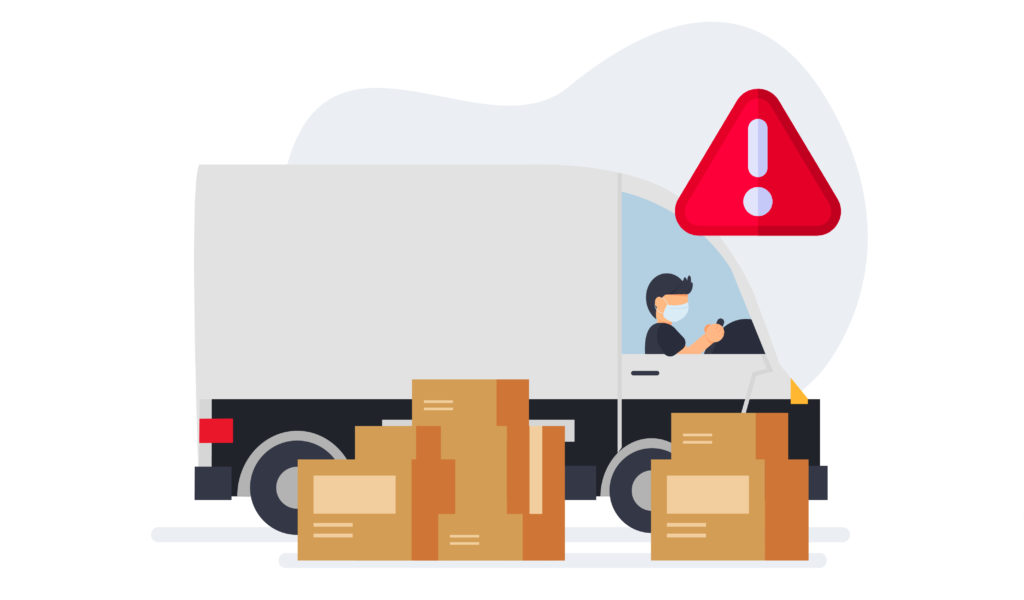
If your company is responsible for multiple deliveries, it’s important to have a system in place that allows you to keep track of all the moving parts. Poor coordination can lead to delays, missed deadlines, and unhappy customers.
One way to overcome this challenge is by using software that helps you manage your deliveries. Dropoff’s Logistics Management Platform is a great option for companies that need help coordinating their deliveries.

With our platform, you can view all your upcoming deliveries in one place, track the status of each delivery, and receive real-time updates if there are any changes. Having this level of visibility will help you stay organized and on schedule, which will keep your customers happy.
In a competitive logistics industry, it’s important to have a clear understanding of the most common problems companies face. By addressing these issues head-on, you can put yourself in a much better position for success.
8. Inaccurate inventory reporting
Another common logistical problem is inaccurate inventory reporting. This can be caused by a number of factors, including human error, outdated information, and system malfunctions. The consequences can be serious, leading to missed opportunities and lost profits.
Fortunately, there are steps that you can take to minimize the likelihood of inaccurate inventory reports.
First, ensure that your team is well-trained and familiar with the processes involved in documenting inventory in the first place.
Second, use accurate and up-to-date technology to streamline the process, there are hundreds of options out there to choose from, but having none is sure to set you behind the competition.
Finally, perform regular audits to check for any discrepancies. It never hurts to double-check your system and is the best way to be sure that any errors are found and corrected quickly.
If you’re struggling with inaccurate inventory reports, don’t despair. Follow these tips and you’ll be on your way to improved accuracy and efficiency.
9. Late or incorrect deliveries
If you’re in the business of delivering goods, then obviously timely and accurate deliveries are key. Logistical issues can often lead to late or incorrect deliveries, and that can be a huge problem for businesses – especially if time-sensitive items are involved.
If you’re experiencing late or incorrect deliveries, the first step is to identify the root of the problem. Maybe your drivers are being sent out without proper route planning, or your tracking system isn’t updated in real-time.
Once you’ve pinpointed the issue, you can start making changes to correct it.
In some cases, late or incorrect deliveries may be due to factors outside of your control. For example, if you’re shipping items by truck and there’s a traffic jam on the highway, that’s going to cause delays.
In situations like this, good communication is key. Let your customers know that there may be delays and give them updates along the way.
Quick tip: Make sure your delivery drivers are familiar with the route they’re taking, and always plan for contingencies. If there’s a traffic jam, have a backup plan in place to ensure that deliveries still get made on time.
10. Unclear tracking and visibility into the status of shipments
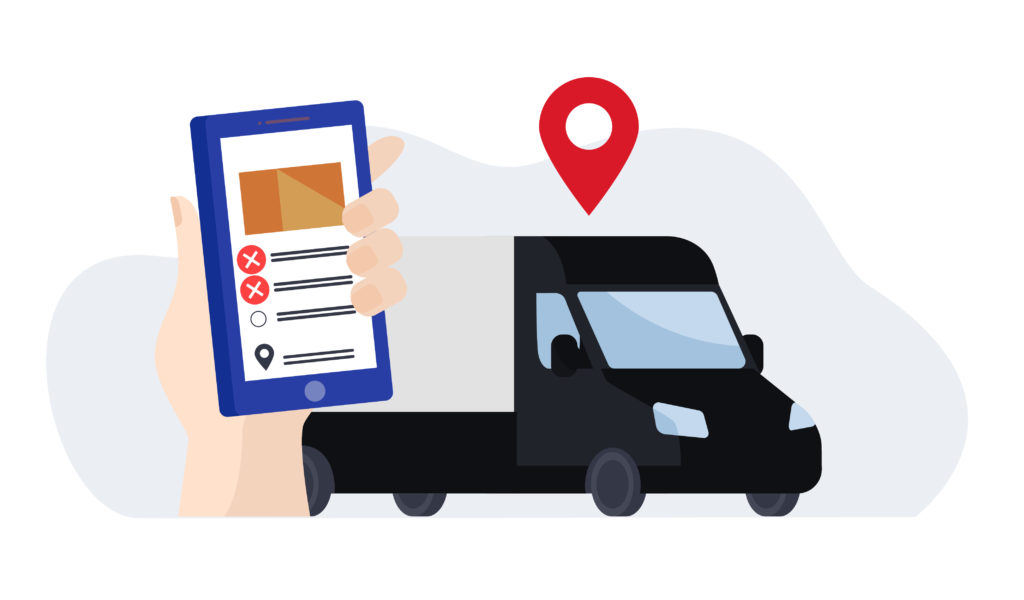
One of the most frustrating things about logistics is not knowing where your shipment is or when it will arrive. This can be a huge problem if you’re dealing with time-sensitive shipments, like medical supplies or food.
The good news is that there are now many tools available that can help you track your shipments and get visibility into the status of your delivery.
Tools like Dropoff’s shipment tracking feature give you real-time updates on the status of your package, so you can rest assured that your shipment is on track. With visibility into the status of your package, you’ll be able to plan for potential delays and avoid any costly surprises.
If you’re looking for a way to improve your logistical operations, use a shipment tracking tool. There are many available at this point, but choosing the right one can make a world of difference in the efficiency of your delivery process.
Dropoff has been working hard to overcome all the logistical problems and challenges faced by companies today.
We are committed to providing our customers with the best possible service, and our team of experts is always looking for new ways to improve things.
If you’re facing any logistical problem or challenge, Dropoff can help.


